In recent after-sales analysis reports, tray deformation has emerged as a hidden factor contributing to occlusal discomfort during whitening or oral treatment sessions. This issue is often underestimated by manufacturers, yet it directly affects end-user comfort and brand reputation. Can tray deformation be effectively controlled and corrected? Let’s explore the technical answers.
Tray deformation typically refers to structural distortion of whitening trays or oral treatment mouthpieces during production, storage, or use. Common causes include:
These deformations compromise tray fit, leading to pressure points inside the mouth.
Occlusal discomfort arises when the bite force is unevenly distributed due to ill-fitting trays. Specifically:
Ultimately, tray deformation transforms a comfort-based treatment into a painful experience. Company web:https://www.powsmart.com/product/electric-toothbrush/
-1-scaled.png)
Manufacturers often overlook structural vulnerabilities, such as:
These oversights accelerate deformation risks across production batches.
To address tray deformation, manufacturers should:
These corrective steps reduce deformation incidences and ensure consistent occlusal comfort.
Ignoring occlusal discomfort risks:
By contrast, solving the problem reinforces a brand’s image as comfort-focused and clinically trustworthy.
With optimized mold design, high-quality materials, precise process control, and stringent QC, tray deformation is a fixable issue. In turn, this directly eliminates associated occlusal discomfort, ensuring an ergonomic fit and a pleasant treatment experience for end-users.
Tray deformation causing occlusal discomfort is a preventable defect. Through engineering improvements in design, materials, and process validation, manufacturers can eliminate discomfort risks and deliver consistently high-quality, user-friendly whitening trays and mouthpieces. Contact us
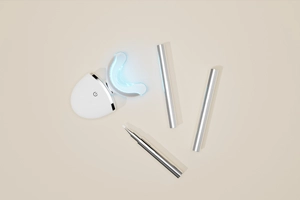
What’s Wrong with My Teeth Whitening Light Not Working?
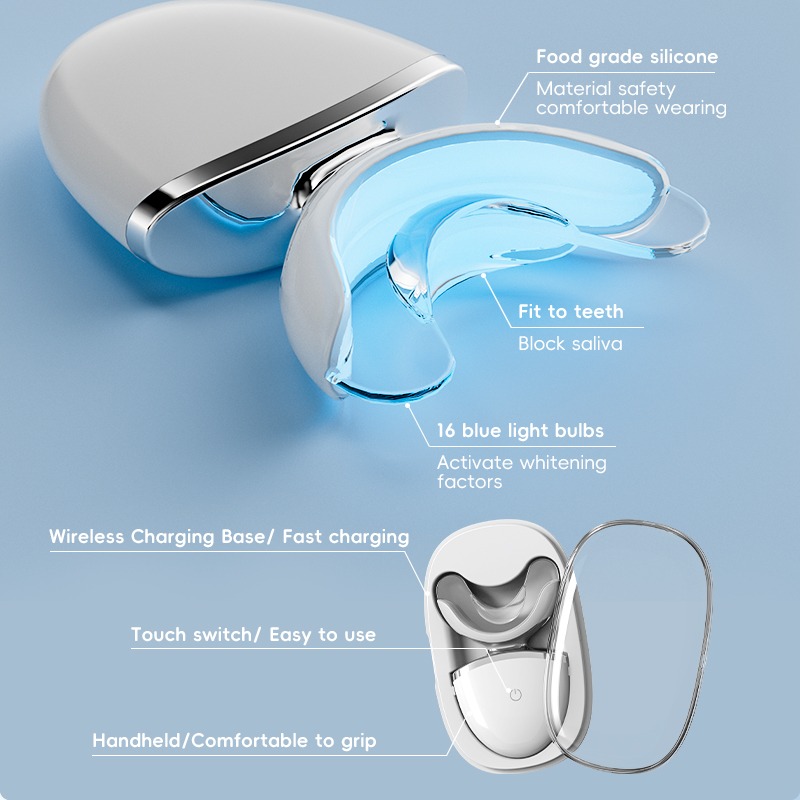
Trends of Teeth Whitening market in 2024 That You Should Notice
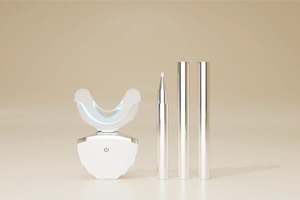
Complete Analysis of Teeth Whitening Gel Ingredients: Safe Hydrogen Peroxide Levels, Desensitizing Agents & pH Balance
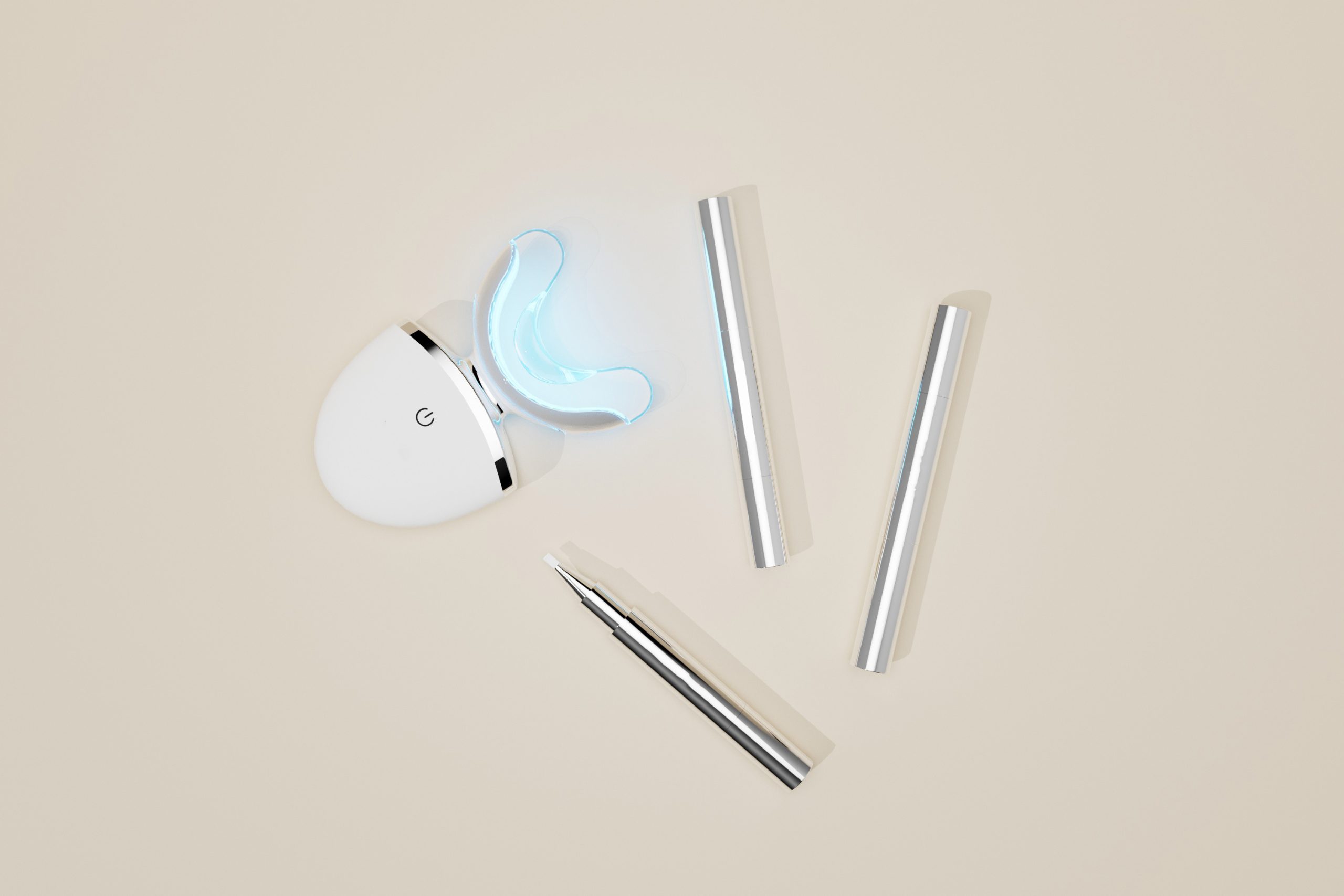
What Packaging Options Are Available for Custom Whitening Gel Products?
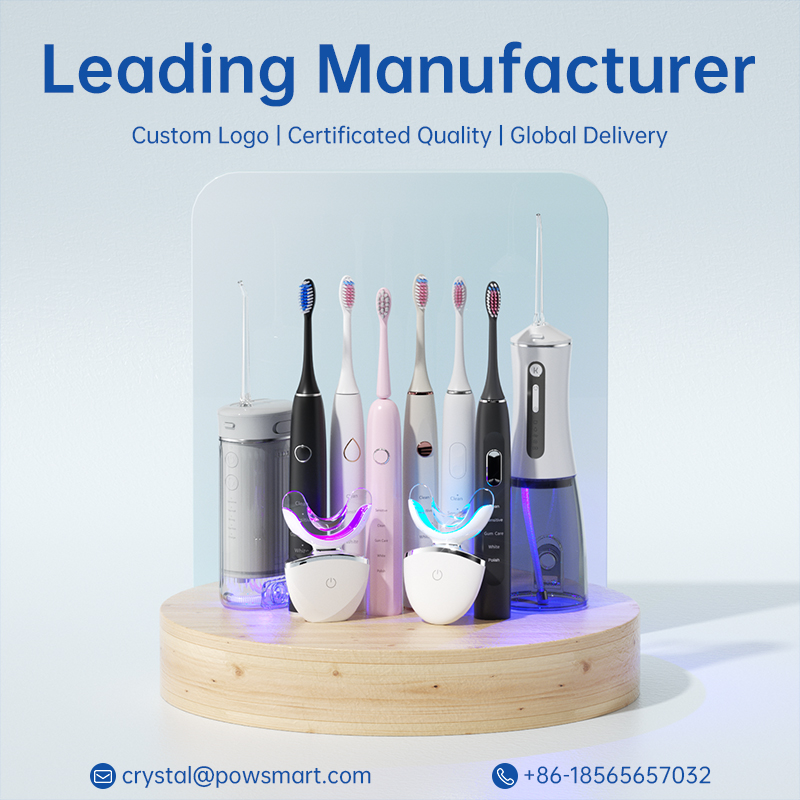
One-Stop OEM Factory for Electric Toothbrushes, Water Flossers & Whitening Kits

How Teeth Whitening Devices Protect Dental Health and Enhance Smile Confidence

How Much Do You Know About the Manufacturing Industry of Home Teeth Whitening Products?
.jpg)
sonic electric toothbrush New Haven
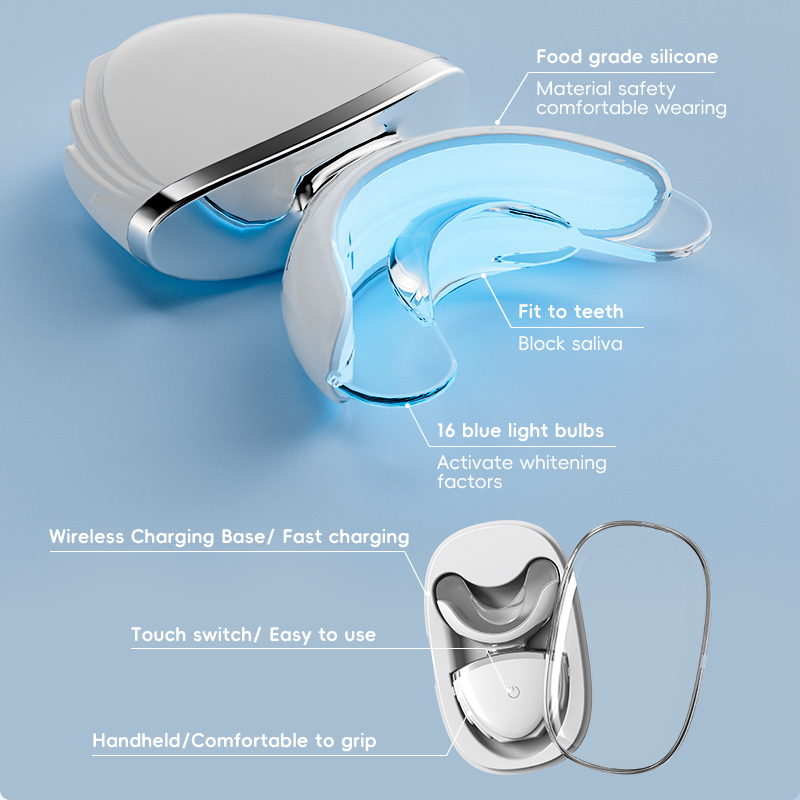
How to choose a reliable teeth whitening kit manufacturer

Should I Brush My Teeth Again After Using LED Teeth Whitening Kits?
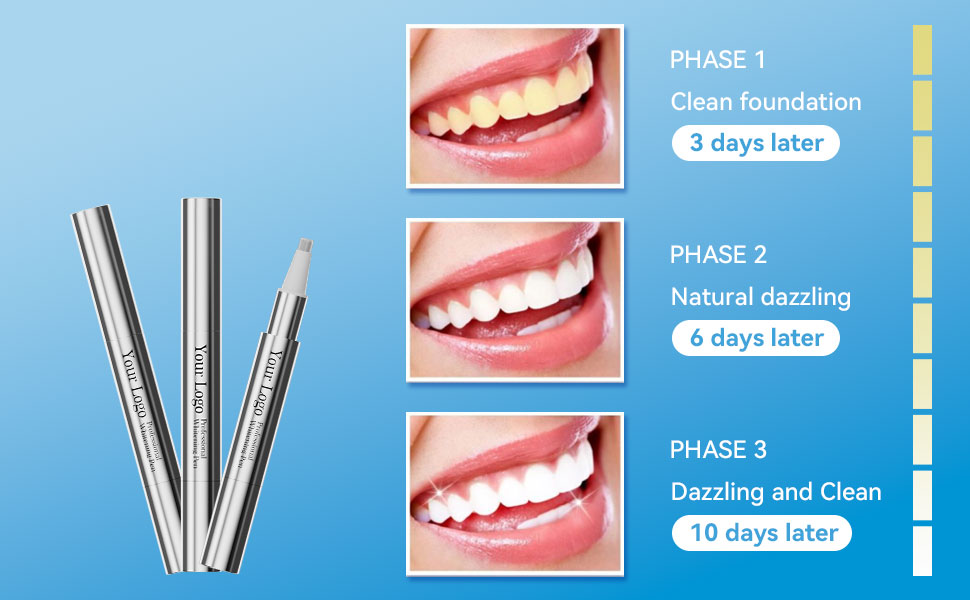
A Comprehensive Guide to Teeth Whitening Gel Ingredients

The process of brand owners customizing OEM whitening teeth Kit
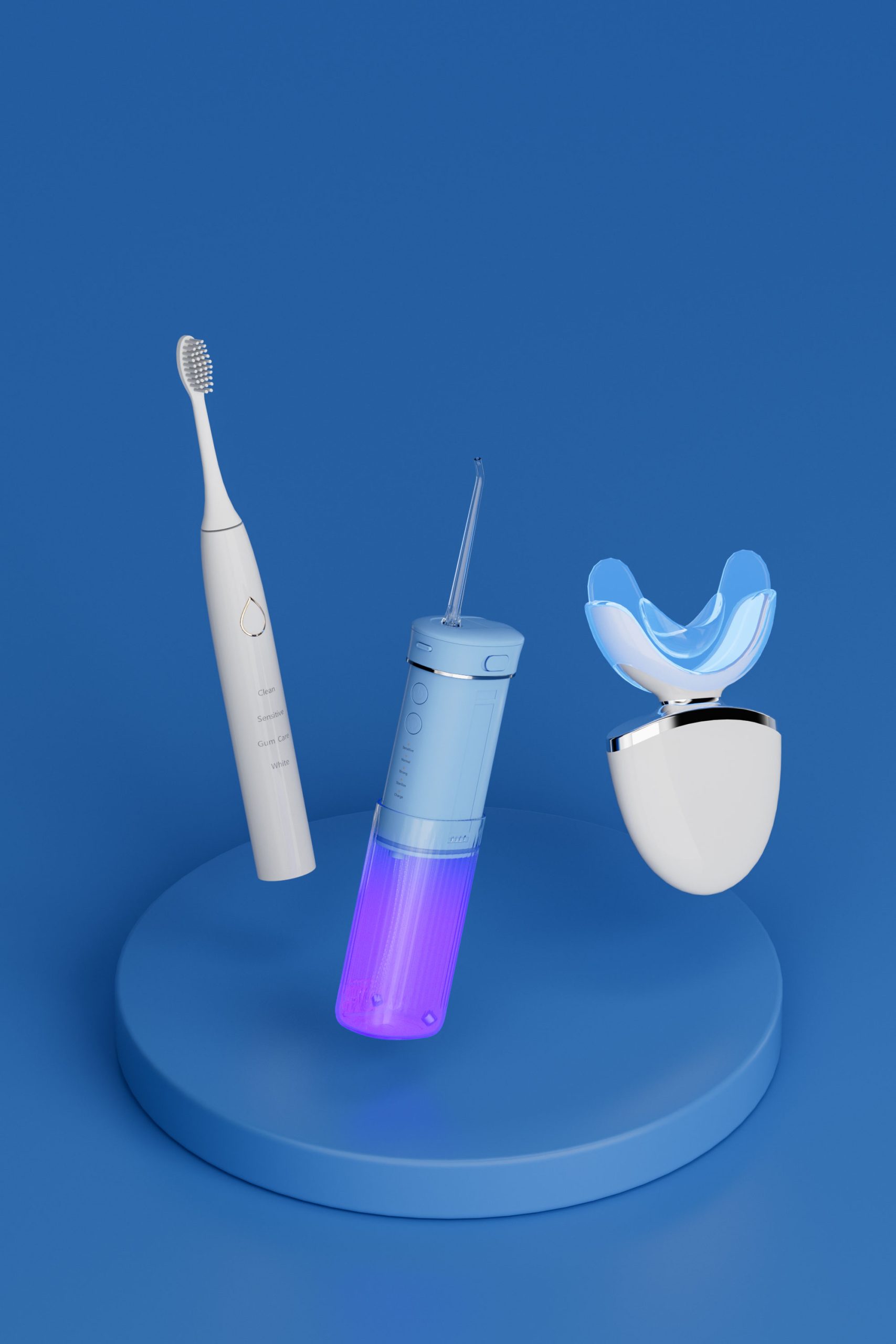
Private Label Teeth Whitening Kits with LED Technology: A Complete OEM Guide
Can Teeth Whitening Kits Trigger Oral Ulcers?
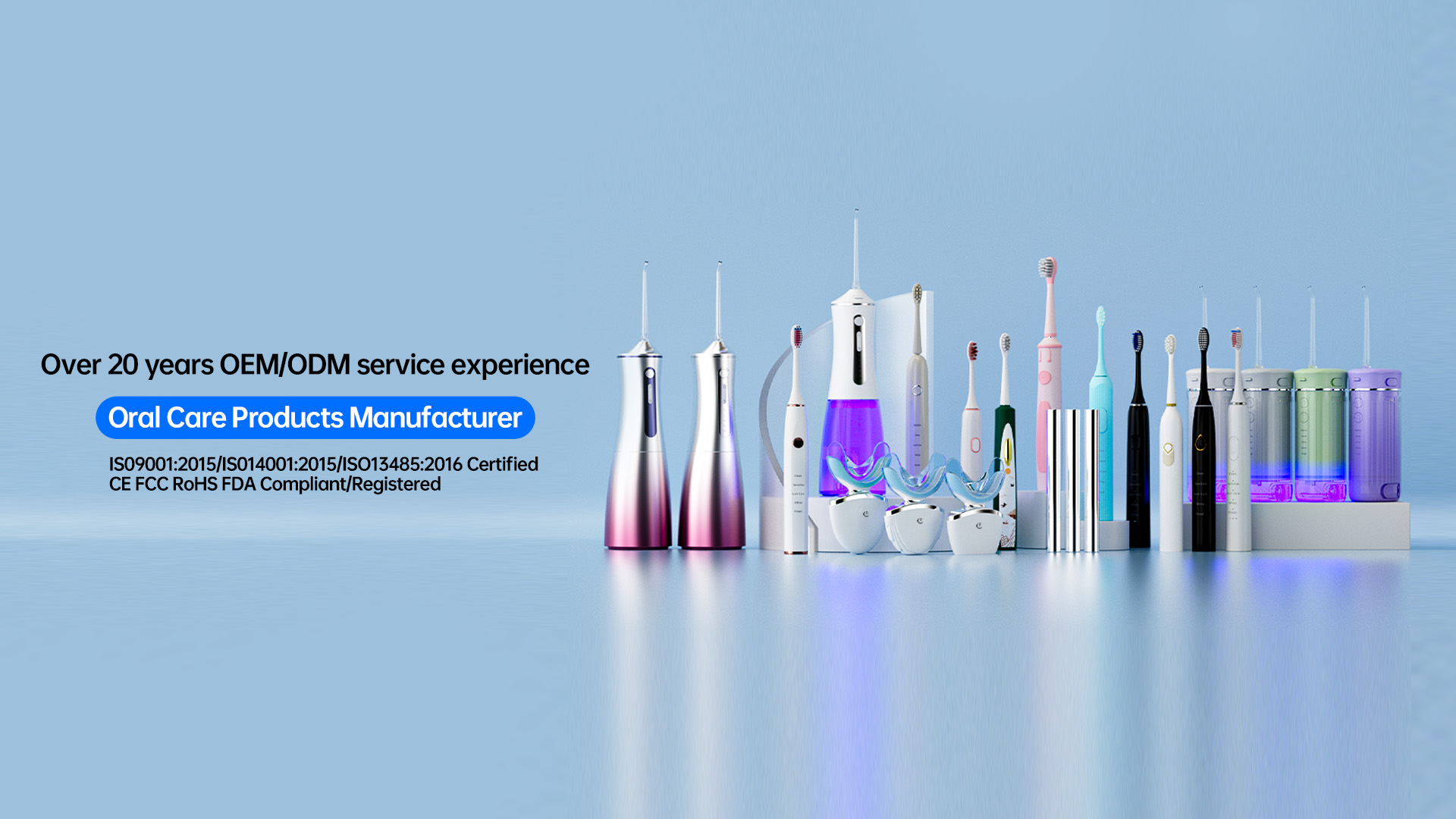
What are the Basic Procedures for Customizing Teeth Whitening Kits?

Things you should know about LED teeth whitening devices

electric toothbrush heads Ultra Soft

electric toothbrush heads Charcoal Infuse-Round
.jpg)
Florida Electric Toothbrush – Powsmart PTR-C8

electric toothbrush heads Regular Clean

Customization Teeth Whitening Gel

Electric toothbrush heads Charcoal Infused-Diamond

electric toothbrush heads Deep Clean

Private Label Whitening Gel
whstapp
whstapp
National Toll-Free Service Hotline
+86 755 86238638